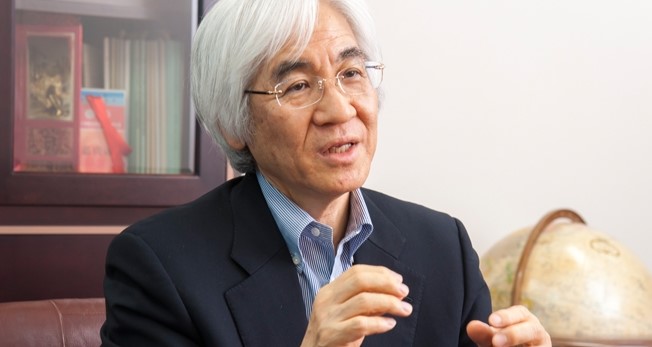
We are pursuing the mysteries of vital biochemical phenomena underlying the mechanisms of radiation-induced carcinogenesis.
We are engaged in cutting-edge research in Hiroshima, the site of the world's first atomic bombing.
We have world-class research facilities for exploring the mechanisms underlying radiation-induced cancer; we use three strategies that combine molecular biological methods and animal models.
My research is about radiation-induced cancer. Cancer develops a long time after someone is exposed to radiation. We want to understand the mechanisms behind this occurrence and apply our findings to developing treatments. My laboratory is currently working on this subject on three levels.
The first is the "animal" level. We are creating models of radiation-induced cancer to determine how frequently and which types of cancer develop when animals are exposed to radiation at different doses and dose rates. For example, we use mouse models with a particular gene deleted or enhanced to investigate the gene functions associated with radiation-induced cancer.
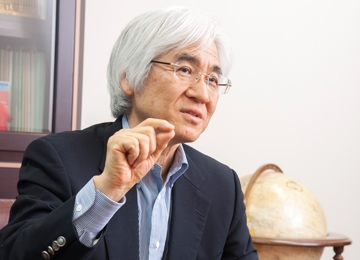
The second level of research is the "cellular" level. Various detrimental intracellular responses are induced upon radiation exposure. For example, radiation can cause cell death, result in cell cycle arrest, or inhibit cell growth. We believe that analyzing the mechanisms underlying these cellular responses will help us understand the resulting carcinogenesis.
The third level of investigation is the "genome" level. This involves using genomics and molecular biology to analyze the genetic mutations in tumors that were triggered by radiation exposure. This level of exploration can identify the genetic damage that radiation causes, which is known as "radiation signature."
The biological mechanisms that repair DNA base damage lead to genetic mutations. We are trying to understand how radiation-induced genetic mutations relate to the development of cancer.
Thus, overall, our research is aimed at understanding the mechanisms behind radiation-induced mutations and how these mutations lead to cancer. The typical genetic damage comes in two types: DNA-strand breaks and base damage. In my laboratory, the focus is on the latter. This is because point mutations from base damage are often found in cancers caused by exposure to low-dose radiation.
Research over the past decade or so has shown that point mutations occur from base damage even in the presence of biological processes in place to overcome the base damage during DNA synthesis. A special substance called "trans-lesion DNA synthesis polymerase" allows DNA synthesis to continue by avoiding apoptosis. But point mutations can still occur during the synthesis process.
The main focus of our research is on how these mutations are linked to carcinogenesis. This is on the cutting edge of research and our laboratory has achieved top-level results.
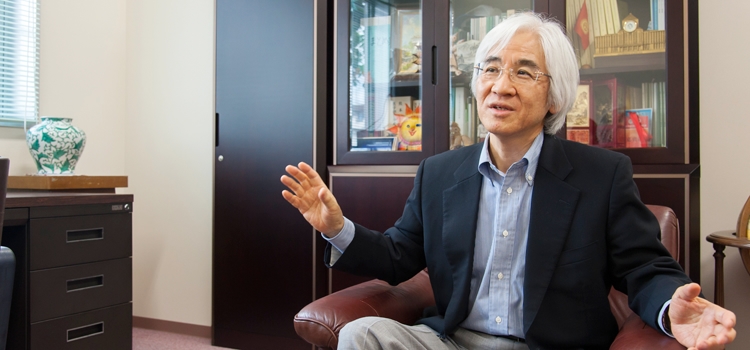
Our academic field is one of Hiroshima University's most distinctive, and is one in which Hiroshima has a lot to contribute to the world.
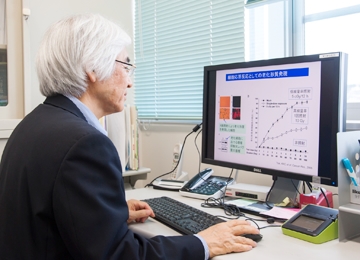
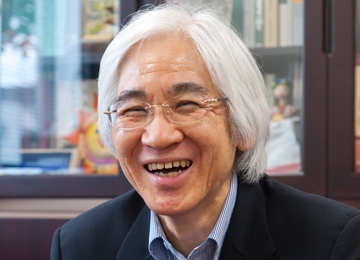
The Research Institute for Radiation Biology and Medicine was established to study radiation damage and apply the findings to treatments to improve the health of atomic bombing survivors. The institute has a wonderful environment for research. We have all the equipment and facilities we need for animal experiments, using radiation, and genome analyses. Because the institute is located in Hiroshima, the site of an atomic bombing, it has accumulated an enormous amount of data on survivors. Analyzing this data with new technologies will lead to even greater progress in the future. The survivors give us the greatest motivation for our research.
I have served two terms as President of the Japanese Radiation Research Society and I helped establish the Asian Association of Radiation Research, which held its first general meeting in Hiroshima in 2005. Asia is undergoing rapid economic development, which has created opportunities for using radiation in fields such as medicine, industry, and agriculture. I built a network in Asia for research on radiation safety. I am pleased that it is still around.
Going forward, I hope we will soon understand the mechanisms of radiation-induced cancer, which will contribute to establishing treatment methods and risk assessments, helping us to improve the health of the atomic bombing survivors and the victims of the Fukushima nuclear power plant disaster. We will continue to share our research findings from Hiroshima with the world.

 Home
Home